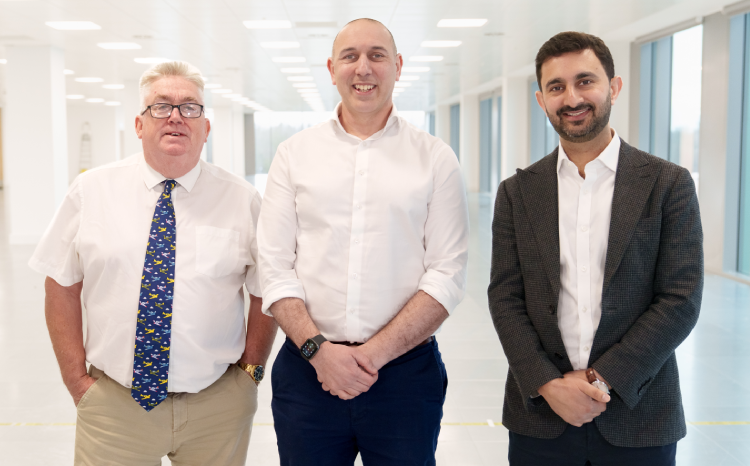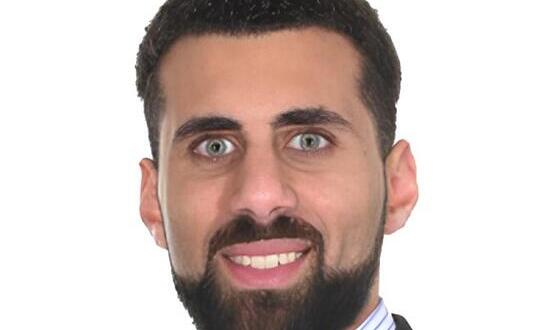Turning the ship
- 12 November 2013

The most striking viewpoint to come out of the international perspectives session at the second CCIO Leaders Network Annual Conference could be summed up in seven words: “don’t be afraid to turn the ship”.
These were the words of Dr Robert Wah, the former head of the US military’s health IT programme, and president-elect of the American Medical Association.
“In the navy, you graduate medical school, spend one year as an intern, and then get sent to a ship,” he explained to delegates at the conference, held alongside EHI Live 2013 last week.
“When you’re on a ship, there are only two people who can turn the ship around: one is the captain, and the other person is the doctor. If you’re a doctor on a ship and you say this patient needs medical care right away, it’s unlikely the captain will argue.”
He explained that he uses the same analogy when it comes to clinicians in health IT. “Don’t underestimate your power as a clinician to turn the ship.
“You have the ability to say: ‘This IT system is going to help or hurt my ability to take care of my patients, affect my ability to deliver optimal care’. If whoever is in leadership is not a physician, they are going to have a hard time challenging that – it is hard to push against a physician saying there’s a clinical reason to turn the ship.”
Stand up for yourselves – and your colleagues
A similar message was voiced by each of the three US speakers at the session: as a CCIO, draw on and be vocal about your clinical knowledge.
Dr Julie Massey, CMIO and paediatrician at Albert Einstein Healthcare Network in Pennsylvania, offered a concrete example of doing just that.
She explained that when her organisation decided to replace its electronic record system, there was no plan to include computerised physician order entry (CPOE), since it had not been present in the existing system.
“There was a reluctance to add scope to what we doing when we simply trying to replace the existing electronic record,” Dr Massey explained.
“But as the clinical voice in those meetings, it felt critical to me that if we wanted physicians to be touching the system they had to be doing something meaningful with it. It was a compelling argument to include CPOE – and it proved to be an enabler to engage clinicians in the use of electronic tools.”
Medicine over matter
Unsurprisingly, then, another key theme to emerge from the session was the need for CCIOs to be clinicians first and IT experts second.
“What I didn’t want for a clinical champion for health IT was the doctor who had every latest gadget, a computer science degree, and who was writing code on the weekend,” said Dr Wah.
“The first priority was to be strong on clinical credentials, so that person can relate to the rest of the clinical community when they say: ‘This is the IT we need to have’.”
Dr Daniel O’Donnell, senior advisor for medical informatics at InterSystems, suggested that to some extent represented an evolution in understanding.
“Ten years ago, I know an organisation that selected a CCIO because he could book an airline ticket online, and so was thought to be the IT expert at the hospital,” he said, with a laugh.
He suggested that today’s CCIOs needed to be able to step out of solely a clinical or technical way of thinking and find a way to connect the two. “Treating it as a merger, working together to create something better than one of these components or two of these components forced together.”
“There is a basic problem in healthcare informatics and IT, which is that medicine is not a series of small engineering steps,” he continued.
“It’s not rocket science – it’s really, really hard, because there are enormous ambiguities and uncertainties in medicine. We as clinicians know that – we know that the evidence in medicine is constantly changing. It is very difficult for computer systems to adapt to that change.”
Interpretation services
This brought the session back to the commonly cited idea of CCIO as interpreter. “It is how you interpret policies the organisation has so that IT staff can understand and provide meaningful contributions to what it does,” said Dr Massey.
“You’re an interpreter on policy, either regulatory or organisational. The reverse is true as well – in management meetings working with people on the frontline and often translating some of the IT limitations and putting it into terms they can understand.”
But Dr O’Donnell suggested there was another group for which CCIOs needed to be translator: suppliers. “There is no clinical information solution that will hop out of box and just work,” he emphasised.
“It requires very close cooperation between the supplier and organisation. To work well together, the supplier wants to have agreed upon goals and a joint organisation to oversee and coordinate the efforts.”
He said he sometimes has to act as that interpreter for his colleagues. “I often have to tell our senior executives that if you’re in charge from a healthcare delivery point of view for selecting and/or implementing one of these systems, then if you’re not basically terrified you don’t know what you’re doing,” he revealed.
“From the engineers’ perspective, it’s: Oh these are great things, what’s their problem?’ But there are thousands of lives at stake every day and they’re justifiably very worried about this.”
Of course there are millions of pounds or dollars at stake too, and Dr Wah suggested this is an area which CCIOs must not neglect.
“Linking finances with system requirements is a good, important linkage. If the finance stream is separate, I’ve seen a lot of things get off the rails because the IT procurement process can be lengthy and complicated.”
He explained that, in his role as head of the US military’s health IT programme, he “had the cheque book. So I wrote the requirements and then wrote the cheque. If you have the opportunity to do it that way, I’d highly suggest it.”
Full ahead, both
UK CCIOs may be some way from that position. But they can still use their clinical knowledge to turn the ship. “Don’t abuse that power,” Dr Wah emphasised. “But when it’s appropriate, use that card because it’s important our patients get the best care possible.”




